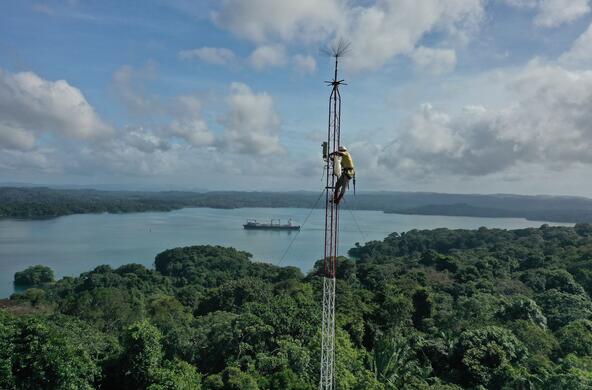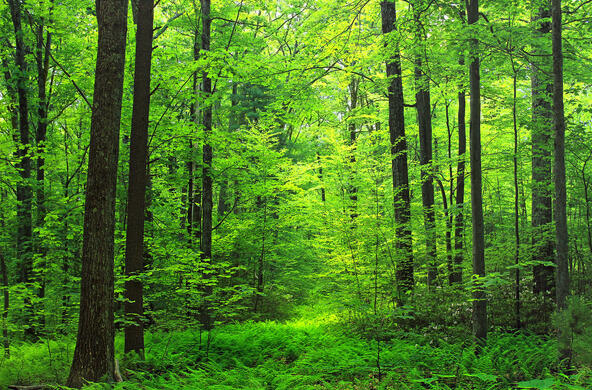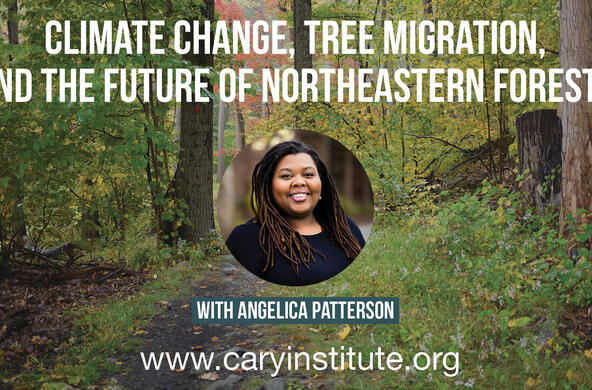In the face of the inexorable rise in atmospheric CO2, widespread observations of long-term warming trends, and intransigent policy makers in the face of the economic and political influence of the fossil fuel industry, we hear much about methods to remove CO2 from the atmosphere by improvements in agriculture practices.
True, agriculture is responsible for about 20% of our total CO2 emissions, and we should try to reduce those. But to anticipate that agriculture can help mitigate fossil fuel emissions from other sectors is unrealistic.
A few years ago, the press was filled with optimism that “biochar” production—the partial burning of wastes from agriculture and forestry could be applied to agriculture soils to store carbon. To date, I know of no large-scale evaluation of this suggestion that includes all the emissions associated with gathering and pyrolysis of this waste material and returning it to croplands. Nor have I seen much about the long-term persistence of biochar in agricultural soils, versus the organic matter that soils accumulate with good management.
Now, in the past few weeks, at least one press release claims: “Spreading rock dust on farmland could capture surprisingly large amounts of CO2, fast.” Again, a comprehensive evaluation of the efficacy of this activity and its economics is overlooked. Shouting loudly, the popular press has legitimized the conclusion.
My own evaluation of a field experiment in a forest in New Hampshire suggests that the claim is bogus. In this experiment, carbon was removed from the atmosphere by spreading ground rock, but at a cost of $10,000 per ton. And applied to all available soils worldwide, rock dust could enhance the uptake of carbon dioxide to the extent of only 5% of fossil fuel emissions.
What is missing from all these analyses is the realization that the current emissions from fossil fuels are huge and dominate the balance of carbon dioxide in the atmosphere. I suppose “every little bit helps,” but removing 5% of annual emissions by the spreading of rock dust on agricultural lands worldwide is a band-aid approach to a global hemorrhage.
What is also missing from these analyses is the realization that today, the economics of wind and solar energy are favorable (i.e., cheaper) than coal and natural gas to generate electricity. We should be putting all our efforts to move to these renewable sources of energy as quickly as possible—employing people in solar installation—at both consumer and utility scale—and improvements to the electric grid, rather than trying to prop up the failing coal industry.
If we stick to the rich diet of fossil fuels that we have enjoyed, global warming is real, inevitable, costly, potentially life-threatening. The science is done. An alternative—a cure—is at hand. We need to grab it and not straws from unproven agricultural solutions to move us forward.
References
Beerling, D.J. et al. 2020. Potential for large-scale CO2 removal via enhanced rock weathering with croplands. Nature 583: 242-248.
Schlesinger, W.H. and R. Amundson. 2018. Managing for soil carbon sequestration: Let’s get realistic. Global Change Biology https://doi.org/10.1111/gcb.14478







